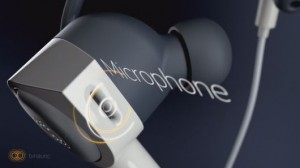
Apple announced a huge number of additions to its mobile OS at WWDC 2015
Apple has taken the wraps off iOS 9 at its yearly WWDC event in San Francisco. The latest version of the company’s popular mobile operating system doesn’t make any big visual changes, but offers numerous app tweaks, improvements to Siri, new multitasking features for iPad users, and much more.
First up, Siri will be getting a big upgrade with iOS 9, with the company beefing up the service to compete with Google Now. Apple’s personal assistant will be much more context aware with the new release, giving users the ability to make commands such as “remind me about this later” when looking at a piece of content. Siri is also getting a new, more colorful look in iOS 9, and “Siri Suggestions” will debut, offering context aware contact and app recommendations in Search.
.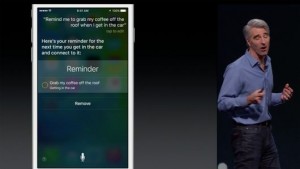
There are plenty of additional tweaks to the service. For example, if you’re into yoga, an appropriate app will be recommended when you get up in the morning, and track suggestions will automatically pop up when you plug in a set of headphones.
The new release will also see event invitations added automatically to Calendar, and will provide deep links between Search and third party apps, allowing users to get suggestions and jump straight into relevant apps.
Multitasking comes to iPad
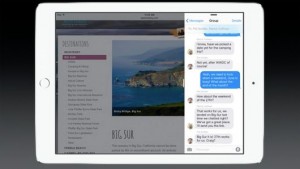
The new OS will also introduce some new multitasking features for iPad users, most notably a new Split View that allows users to use two apps side-by-side. The feature is activated by swiping in with one finger from the right of the display, with app switching handled by swiping down from the top right.
Picture-in-picture video will also arrive on iPad with iOS 9, allowing users to resize and move around videos. Lastly, there’s a big new feature coming to the iPads, with the ability to use the keyboard like a trackpad via two finger gestures.
The new multitasking features will be available to iOS 9 users on iPad Air and iPad Air 2, as well as iPad mini 2 and iPad mini 3.
Apps
iOS 9 will also bring introduce a number of improvements to apps, with a new toolbar coming to Notes, providing formatting options, interactive check lists, drawing tools and a new way of viewing entries based on attachments.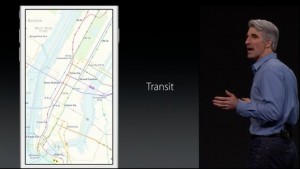
Maps is also getting a big upgrade with the addition of a new Transit view, showing public transport routes, with step-by-step directions. Users can click on a train station to see which lines are running through it, and Apple has taken the time to map stations, giving users more detailed directions about which entrances and exits to use than you’ll find on competing services.
Next up is News – a news aggregation app that allows users to pick their favorite publications and topics (there are more than one million of the latter on offer), with the service creating a personalized feed. If you’re familiar with services like Flipboard, then you’ll know roughly what to expect from News, but the app looks to have some nice features, including support for animations, videos and a slick-looking gallery view. It’ll launch first in the US, UK and Australia.
Apple Pay hitting the UK
The company also announced that its mobile payments service – Apple Pay – will make its way to the UK in July, with more than 250,000 retail locations at launch. The service is also being expanded in the US, with support for more retailers, more banks, and more in-app payments using the service.
Apple Pay will also be improving when iOS 9 hits, with the ability to add store and reward cards. The company also announced that PassBook will become Wallet, putting everything from flight boarding cards to credit cards in one place.
The rest
On other fronts, Apple says users can expect an extra hour of battery life after installing the new version of the OS, and it will bring with it a new low power mode that extends uptimes by an additional three hours when juice starts getting low.
There were also a number of announcements for developers at the conference, the biggest of which was is an update to the company’s development language, now known as Swift 2. There are numerous enhancements and changes on the way here, the biggest of which is that the language will be going open source, with compilers available for OS X and Linux by the end of the year.
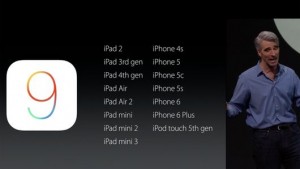
iOS 9 will be compatible with the same set of devices that are capable of running the current iOS 8 release (see above). The Developer Preview of iOS 9 will be available today, while the public beta will hit this July. Rather wait for the polished public release? It’s scheduled to land in the (Northern hemisphere) Fall of 2015.
References:http://www.gizmag.com/








